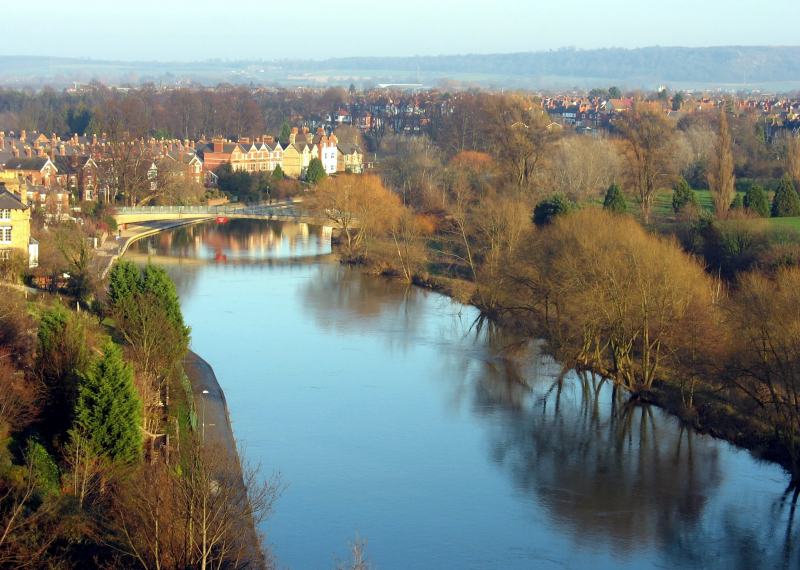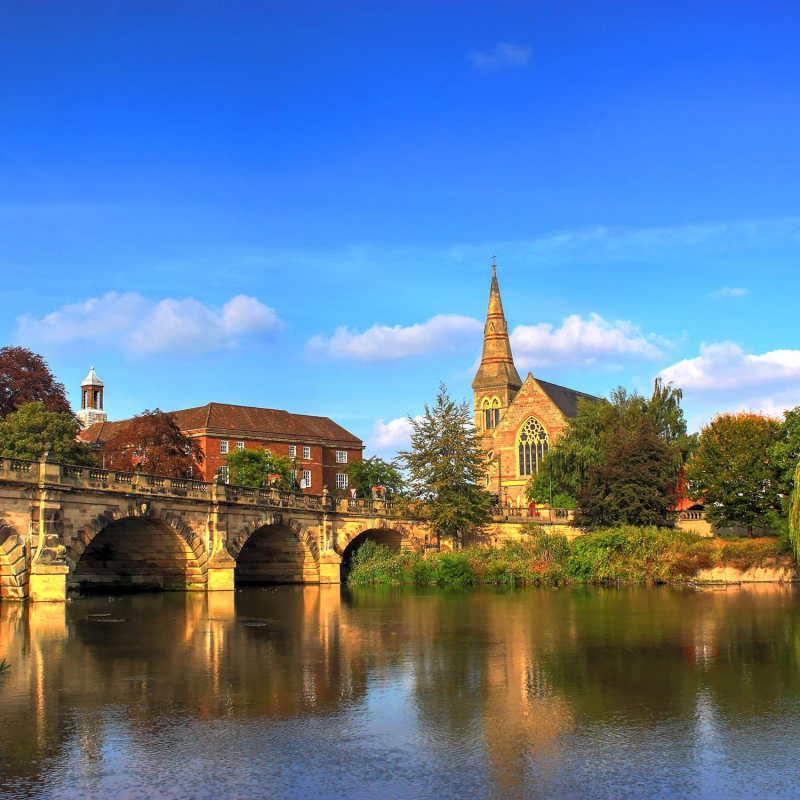Severn
The Severn River is the Longest River in the United Kingdom, stretching 220 miles. The river rises at Plynlimon at 2,000 feet and runs through Shropshire, Powys, and Worcestershire. At Apperley, the river flows at 107 cubic meters per second into the Bristol Channel, which eventually empties into the Celtic Sea. The Severn River has a drainage basin size of 4,400 square miles, and its major tributaries are Vyrnwy, Stour, and Teme. Along its course, the river features various bridges and trains that provide an effective mode of transportation. The Severn River is a vital feeding area for waders and spot ladybirds. The River Severn has claimed up to 300 lives, while floods in Tewkesbury in 2007 ruined buildings worth thousands of dollars.
The current form of the River Severn is the consequence of a multi-million-year history and complicated underlying geology, but it is also the result of glaciation during the last ice age in the Quaternary period's Pleistocene era. The river flows through a terrain built by Ordovician and Silurian rocks in Wales. These lower Palaeozoic rocks are replaced by Permian and Triassic age strata when it approaches the Shropshire Plain, albeit they are mainly hidden behind a thick blanket of Quaternary sediments. Certain portions also traverse Carboniferous layers, as seen at Shrewsbury and over much of the distance between Ironbridge and Bewdley. The Permo-Triassic bedrock then continues until the Severn passes occasionally onto the Jurassic outcrop south of Tewkesbury. Only the SSW-NNE-aligned valley on either side of Welshpool has any visible geological structural link; the valley follows the lines of the Severn Valley Faults. It goes straight over geological features for much of the rest of its route.
Length: 220 miles












